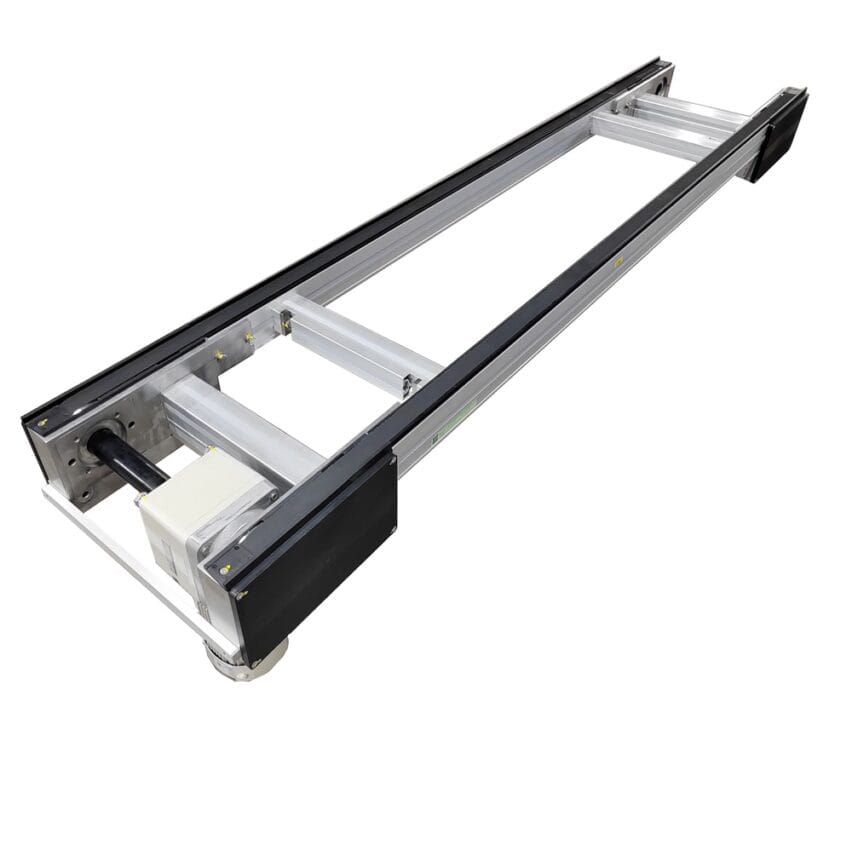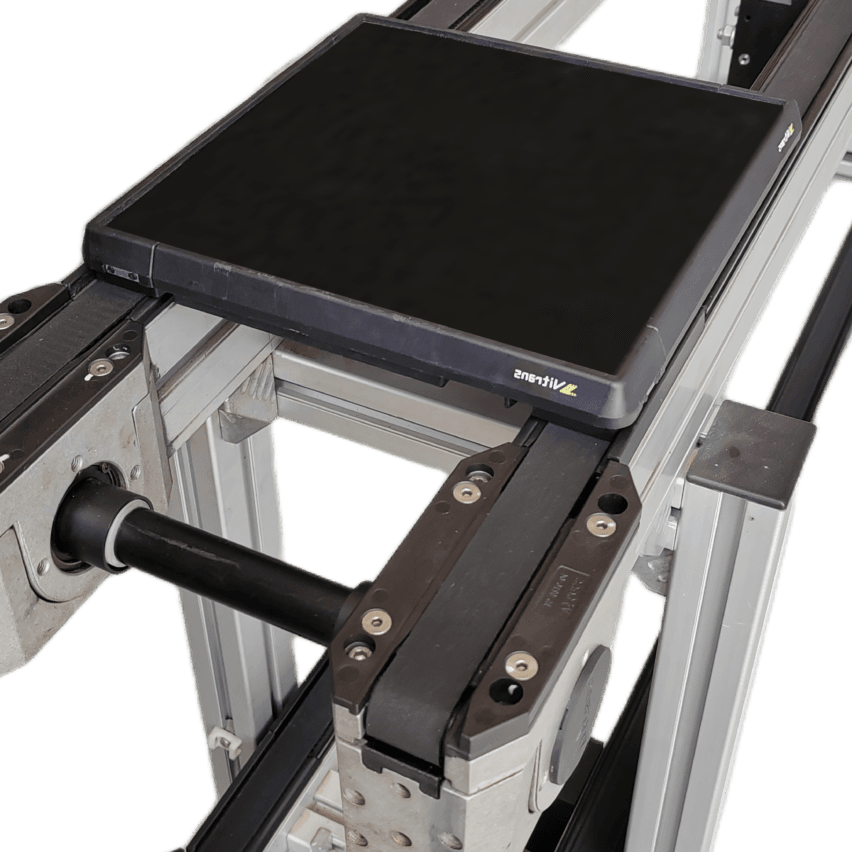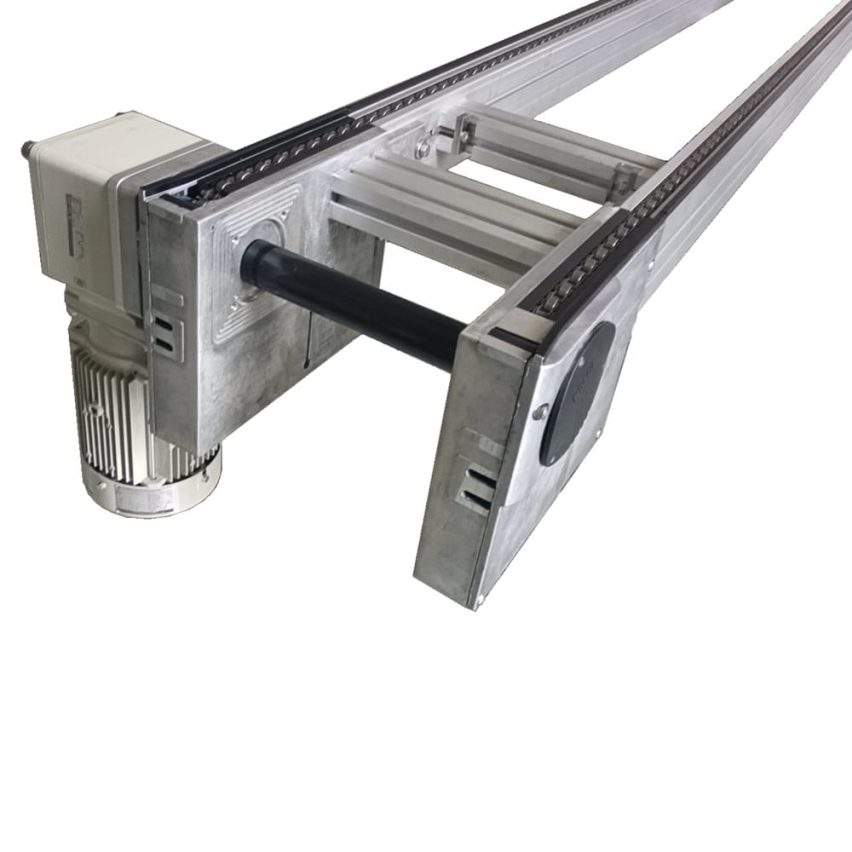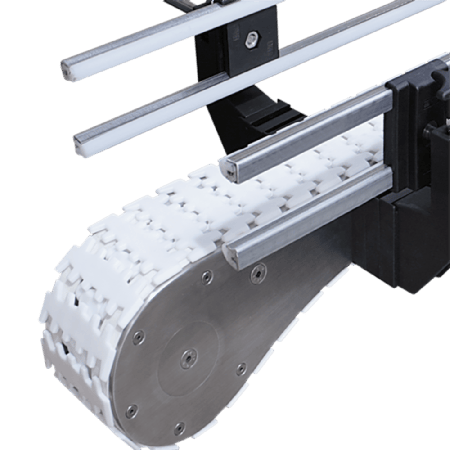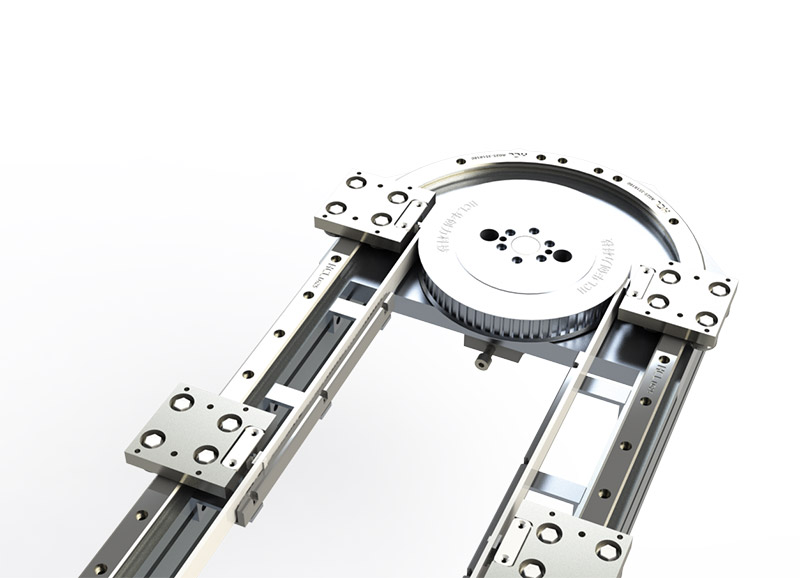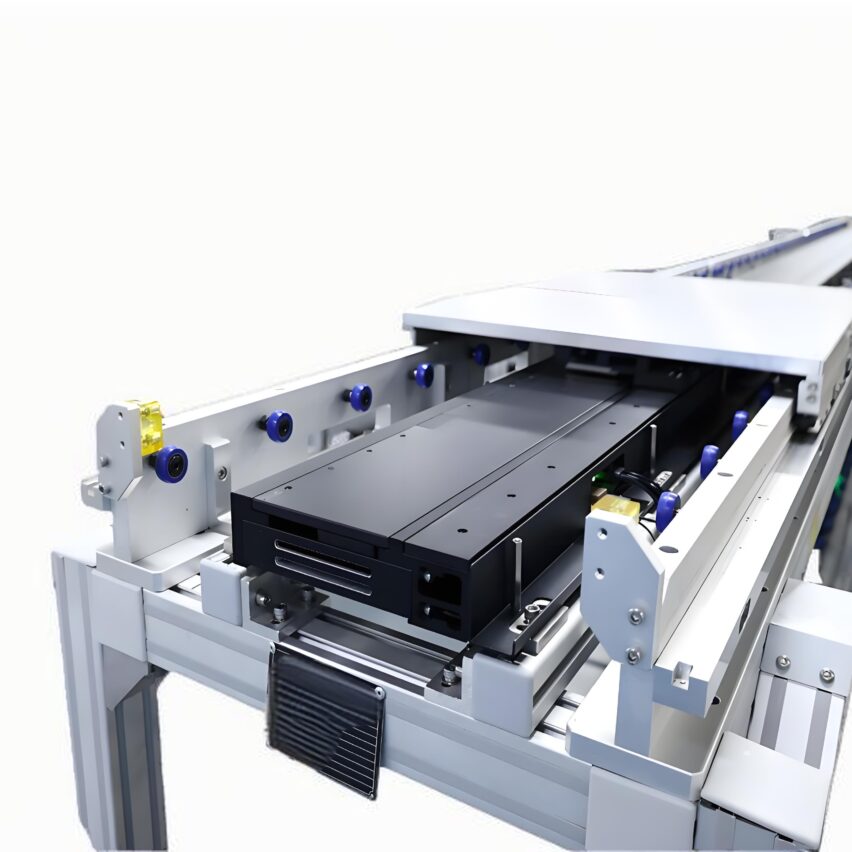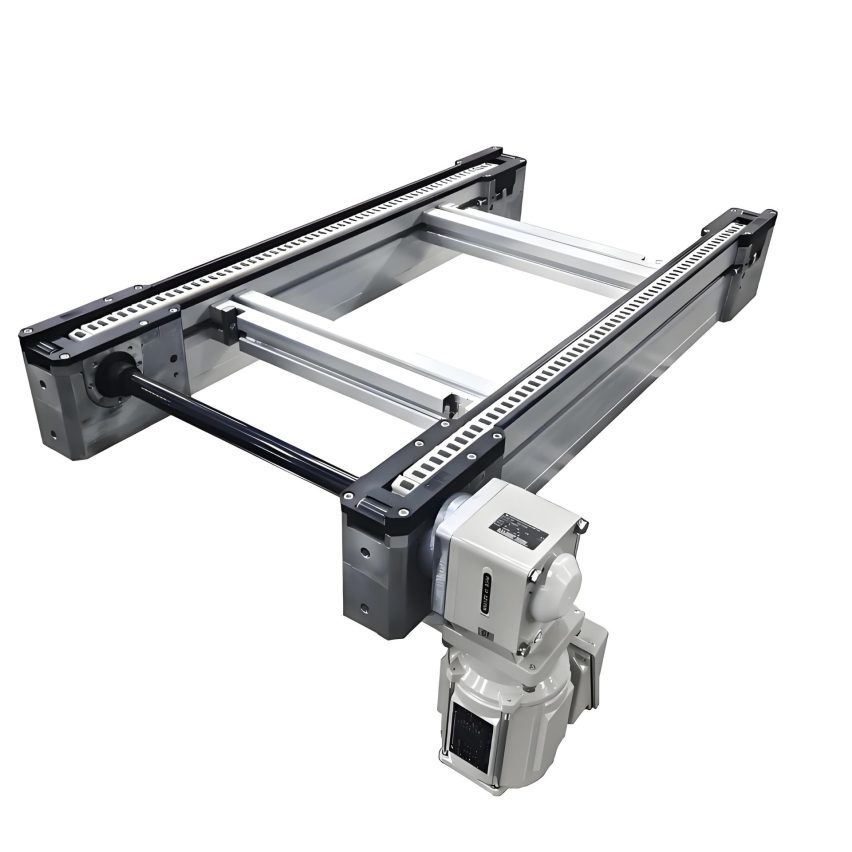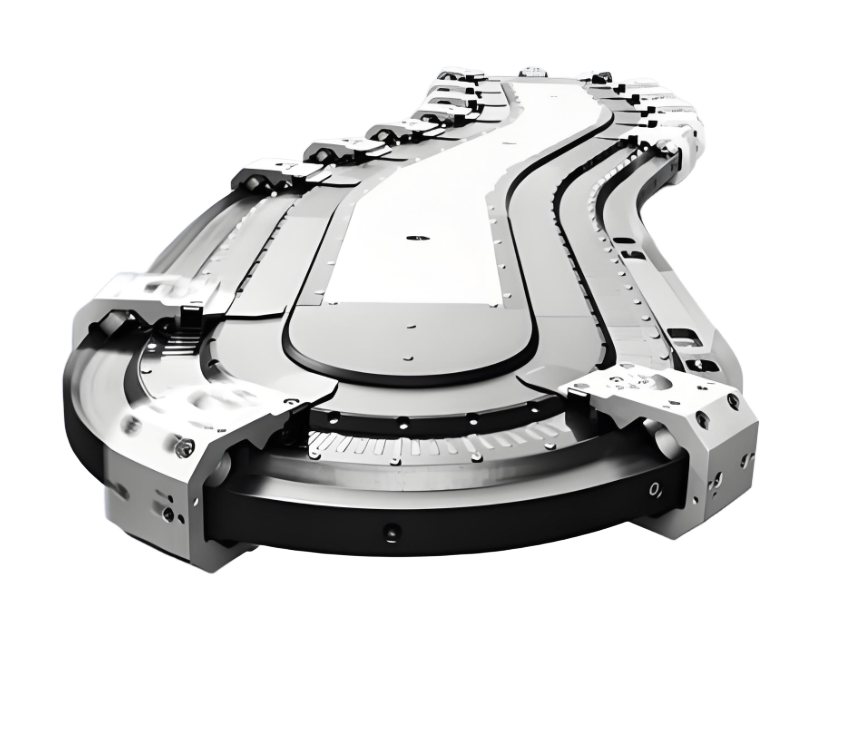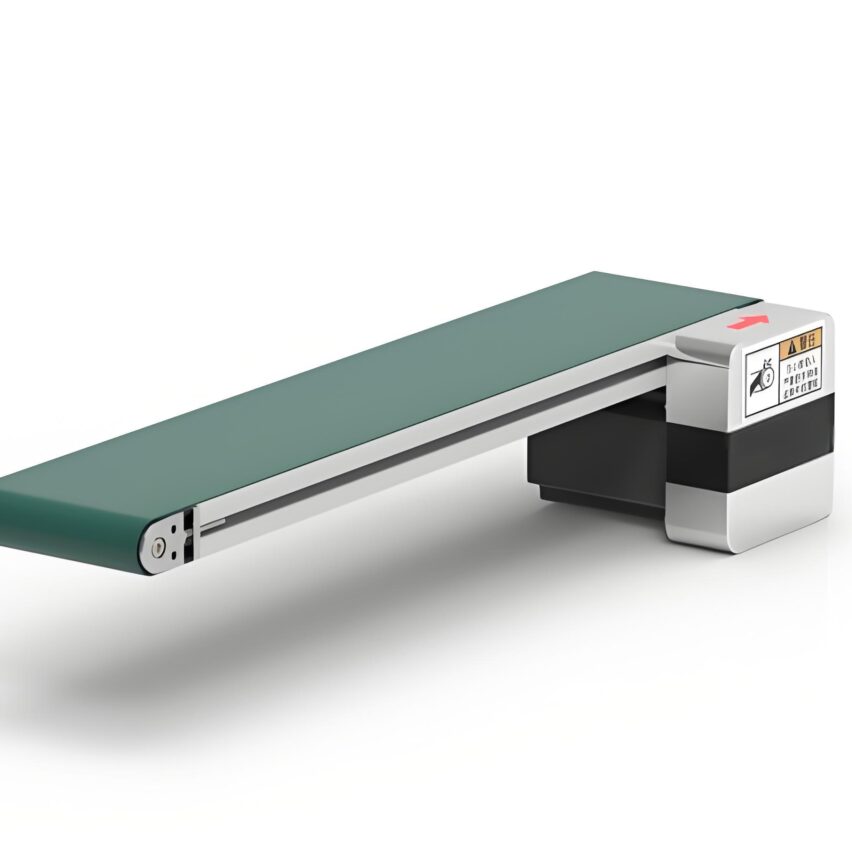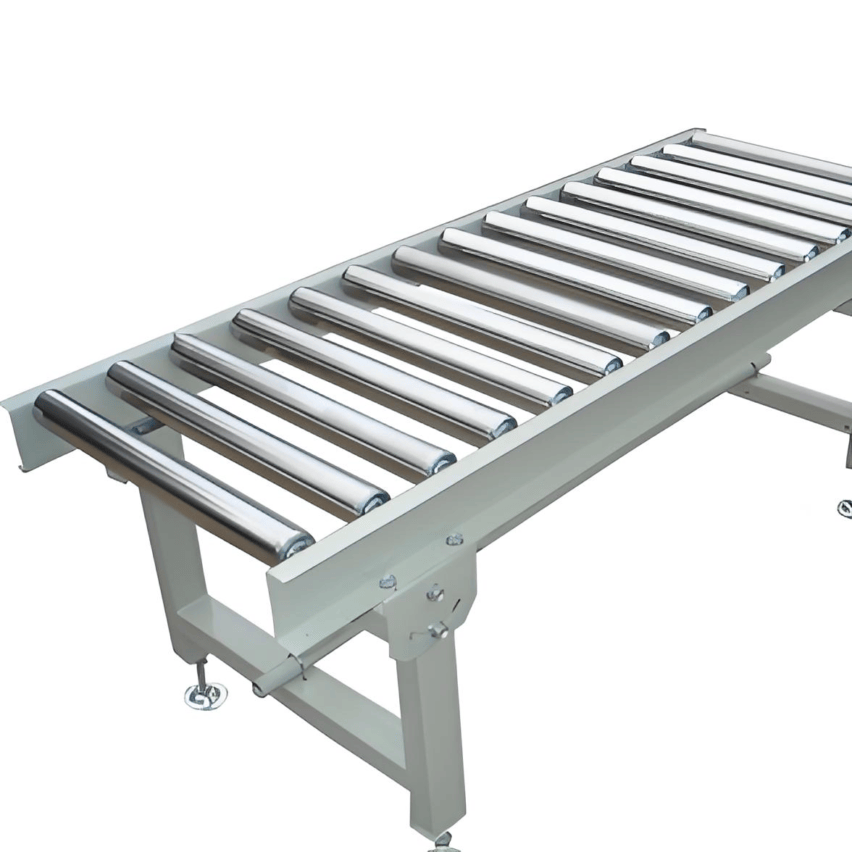In the field of precision manufacturing, the optical axis conveying line bump damage is plagued by 90% factory pain points - according to industry statistics, the traditional conveying line due to collision caused by the scrapping rate as high as5%-8%The annual maintenance cost of a single production line can be more than$300,000This article will dismantle the three core anti-knock designs. In this article, we will dismantle the three core anti-knock designs and use engineering thinking to solve this persistent problem.
First, why the traditional conveyor line damage rate as high as 92%?
Scratches and crash deformations on the surface of the optical axis originate mainly from two fatal defects:
- rigid contact: Conventional structures such as V-bracket and fixed slot make the optical axis rubbing directly against the metal surface, which generates hard scraping in conveying vibration;
- cushioning: Lack of energy-absorbing mechanisms in the transit link, where the impact force is transmitted directly to the shaft when the optical axes collide with each other.
Personal observation: Most factories are still using decade-old conveyor frames with a generational gap between their design principles and the protection needs of precision optical axes.
Analysis of 3 major anti-knock core technologies
1. Multi-stage cushioning structure: "spring armour" to defuse impacts
- Elastic clamping system: Arc plate + compression spring combination (as shown in Figure 1 schematic), when the optical axis into the extrusion block triggers the compression spring contraction, the formation of adaptive buffer space
- Composite damping layer: Damping pads and springs between the outer and inner shells to reduce the transmission of external bumps.
- Magnetic anti-collision mechanism: A cushioning magnetic field is formed by the repulsive force of the first and second magnetic rings, which generates a reverse force to counteract the impact upon collision.
Measured data: after the application of an automotive parts factory, the optical axis collision damage rate from 7.2% to 0.8%.
2. Adaptive Adjustment Architecture: Say Goodbye to Size Conflicts
- Dynamic Clamp Distance Adjustment: Control of conveyor block spacing via motorised actuator to match optical axis diameter in real time (supports 8-120mm range)
- Ball Lifting SystemConveyor pallets with built-in rollable steel balls, changing sliding friction into rolling friction, reducing surface scuffing.
- Angle self-correcting moduleThe movable block + fixed rod structure allows the V-groove opening and closing angle to be automatically adapted to the curvature of the axle body.
Cracking the industry's pain points: in the past to replace the optical axis specifications need to stop for 2 hours to adjust the equipment, now realize 10 minutes online switching
3. Surface protection engineering: building "zero-contact" barriers
- triple layer of protection::
- Base layer: Rubber inner cushion (Shore hardness 45±5) to absorb small vibrations.
- Separation layer: raised rubber inner strip separates adjacent optical axes
- Ultimate protection: Silicone blocks are attached to the surface of the block to form a soft contact interface.
- asymmetrical layoutSerrated conveyor frame design, so that the optical axis is staggered arrangement, completely eliminating the risk of parallel collision.
III. Measurement of implementation costs and benefits (using a 20-metre production line as an example)
| sports event | Traditional programmes | Anti-collision programme | Savings |
|---|---|---|---|
| Annual maintenance costs | ¥280,000 | ¥82,000 | 70.7% |
| Optical shaft scrap rate | 7.1% | 0.9% | 87.3% |
| changeover time | 120 minutes/session | 15 minutes per session | 87.5% |
| Data source: Case of transformation of a photovoltaic enterprise (2024) |
IV. Future direction of evolution: from protection to prediction
Currently deployed by leading organisationsIntelligent Collision Avoidance System::
- Installation of pressure sensors at key nodes of the conveyor line to monitor collision strength in real time
- Predicting the failure cycle of buffer structures through vibration frequency analysis
- Simulation of stress distribution under extreme operating conditions in combination with digital twin technology
Personally foresee: within three years, the optical axis conveyor protection will be fully shifted from passive defence to active warning, and maintenance costs are expected to be reduced by another 40%.
The essence of optical axis protection isenergy management--Through structural design, destructive kinetic energy is converted into dissipatable elastic potential energy. When the chief engineer of a precision instrument factory pointed to the clean and new shaft and said to me: "This not only saves the maintenance fee, but also preserves the customer's trust", then I really understood the ultimate value of the anti-knock design.

